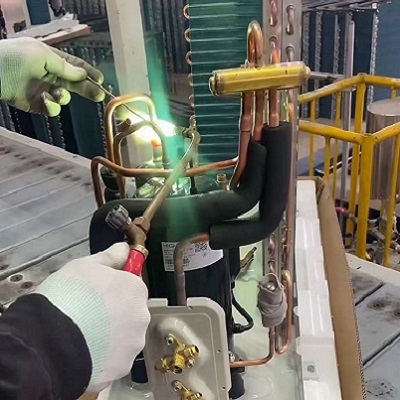The refrigeration efficiency of mobile cold storage units is positively correlated and mutually restrictive with their service life: stable and reasonable efficiency can reduce component wear and extend service life. Abnormal efficiency accelerates aging and shortens lifespan. The aging of the unit will in turn lower its efficiency, creating a cycle of influence.
First of all, the reasonable utilization of refrigeration efficiency is the prerequisite for extending the service life. When the efficiency meets the design standards (for example, a 10-cubic-meter unit stably drops to -18 ℃), the compressor does not need to be frequently started and stopped or operate at full load, and the wear of the motor and bearings is reduced. The heat exchange components are free from dust and frost accumulation, avoiding high-pressure protection of the compressor. The insulation meeting standards reduces the frequency of supplementary cooling, and the overall operating intensity of the machine decreases. The service life of such units usually reaches 8 to 10 years, which is over 40% longer than that of inefficient units (5 to 6 years).
Secondly, abnormal efficiency can directly damage lifespan. When the efficiency is too low (such as slow cooling or the temperature range not meeting the standard), it is often due to cold leakage or component blockage, and the unit has to operate under overload conditions - the long-term high speed of the compressor causes the windings to overheat (the insulation life is halved for every 10℃ increase), and the pipelines are prone to damage due to high pressure. If one pursues "false high efficiency" (forcing ultra-low temperatures) and exceeds the design load, it will accelerate bearing wear, evaporator frosting, and shorten the service life by 30% to 50%.
Finally, the decline in lifespan will in turn reduce efficiency. After more than five years of use, the compressor's sealing deteriorates, causing refrigerant leakage (a 10% leakage leads to a 15% efficiency drop). Oxidation of heat exchange components reduces efficiency by 20% to 30%, and cracking of the insulation layer increases cold loss. The unit falls into a cycle of "low efficiency - long operation - even more aging", with the final efficiency being only 50% to 60% of that of a new machine.


